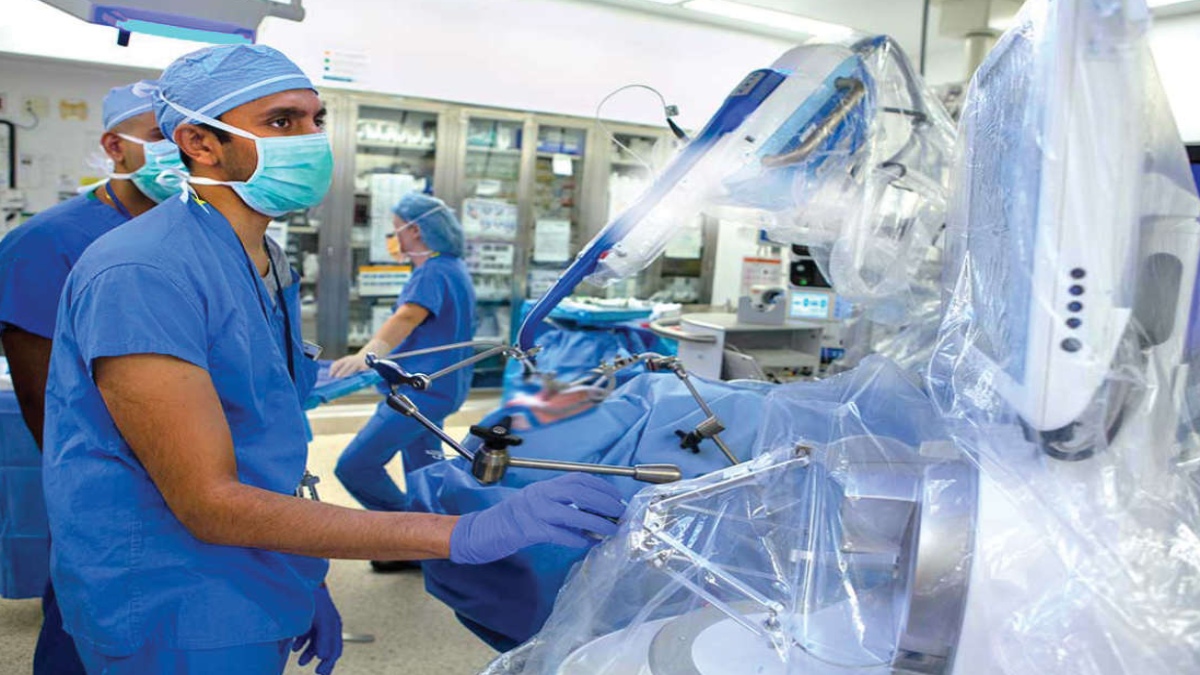


Head and Neck cancers comprise nearly 30% of the overall cancer incidence in India, which is roughly about 10 lac cases per year. In other words, one out of every three cancers pertains to the head and neck region.
In the 70s and 80s, surgery was the main way of approaching every single subsite in head and neck cancers. As we moved closer towards the 21st century, there was a growing aversion for mutilating, cosmetically disfiguring, or functionally debilitating surgeries which triggered a trend in favour of chemoradiation, which delivered results on the back of an evidence-based approach.
A few years back, an incisive study found improved outcomes in key cancer types except the cases of laryngeal cancer. The study concluded that this adverse outcome was the result of indiscriminate use of chemoradiation and the expanded use of the non-surgical organ preservation approach. This prompted an ethical debate centred around the futility of organ preservation which is devoid of organ functionality. Any restoration is rendered deficient if not fruitless if the patient is ruthlessly deprived of functionality. Quality of life is as much about restoring the patients’ capabilities to earn livelihood and social respect as about saving their lives and vital organs.
Consequently, a paradigm shift ensued in favour of surgical organ preservation, which has two key weapons as the armamentarium: Laser and robotics. Both have brought down cancer to a level of daycare service. Laser technology has immensely helped in the treatment of early-stage laryngeal cancers where a patient is admitted in the morning, successfully cured, and discharged in the evening. Oncological clearance is hereby achieved without compromising on organ functionality.
In the case of advanced-stage cancers, robotics has dramatically improved outcomes. Surgeons have small eyes and big hands, while the robot has small hands and big eyes. That is the game-changer that helps the surgeon probe deeper into hitherto inaccessible areas with raccoon-like vision and precision. Technology has made the representation of reality way more interesting than the reality itself. Robots have taken site location, visualisation and human error mitigation to a whole new level. The haptic sensory feedback has made surgery discernibly fulfilling for the surgeon; it does not appear like a remote mechanism. It is an experience as intimate as what ensues through the use of human hands.
A catapulting effect has occurred in the last ten years through the bridging of technological advances with biological advances. Training is integral to this big leap. From medical school to practice, any new therapeutic procedures or breakthrough technologies tend to bring down surgical proficiencies unless they are consciously upped through continual training programs.
Robotics and lasers have an aspect of gamification and sophisticated technology that can be learnt and mastered with significantly shorter learning curves through standardised training programs. There is an acute need for bridging technological advances with biological advances. The game-changing technologies for the next decade include digital diagnostics, IoT and cloud, Ultra-fast scans, wearables, blockchain, digital therapies, Big Data, Nano Health, AI Health, Hackathons, System Learning and Robotics. And they will not work in isolation, but holistically based on purposeful crosstalk between them.
The writer is Regional Director – Head & Neck Surgical Oncology and Robotic Surgery, HCG Cancer Hospital Bengaluru.